www.willhiteweb.com - Hiking, Climbing and Travel
Temple Quarry Trail
Mormon Pioneers used this site to quarry rock used in building the Salt Lake Temple. As you walk the trail, you will see the marks of quarrying left on the rocks. Enjoy learning more about the canyon resources people have relied upon for hundreds of years, and will rely upon for many years to come.
Access:
History has left its mark on Little Cottonwood Canyon. In the late 1800's and early 1900's, this was a busy place! Mining, lumbering, and quarrying drew hundreds, even thousands of people to towns that have since died. Graniteville, Wasatch, Hogum, Tannersville, Central City, Alta, and Emmaville are gone, but the stories and evidence of occupation remain.
Distance: 1/4 mile
Elevation Gain: 20 feet
Access Rating: Paved
The granite used in the construction was from a large field of huge boulders covering the area broken by nature's forces from adjacent cliffs. The quarrying of these boulders was begun about 1862 by James C. Livingston, under supervision of John Sharp. The names of the faithful quarrymen who continued the work until the temple was finished in 1893 are enclosed in the monument. Rough stones were hauled to the temple block suspended under great two wheel carts drawn by ox-teams, until the railroad was built in 1872.
From the south, take the 90th South I-15 exit, which turns into 94th South. Continue east to the mouth of Little Cottonwood. Just before the stop sign (where you turn right onto the road up the canyon), you'll see a paved turnoff to your right taking you to the Temple Quarry Trail parking area.
From the north, take Wasatch Blvd. When you see the illuminated road condition sign at the mouth of Little Cottonwood, turn right then immediately left again into the Temple Quarry parking.
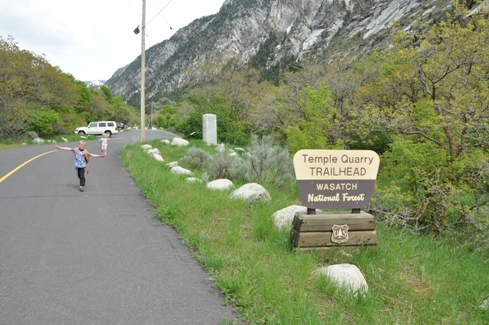
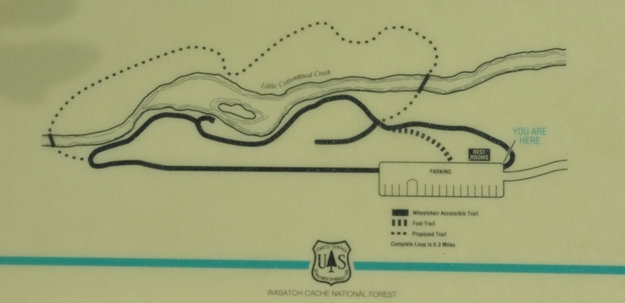
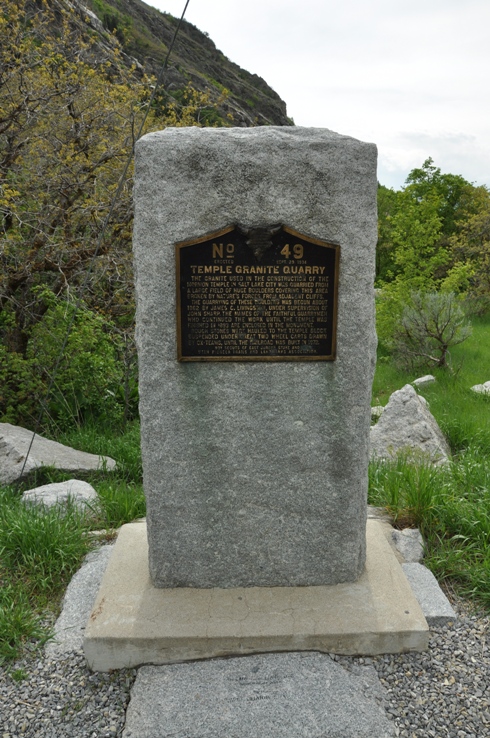
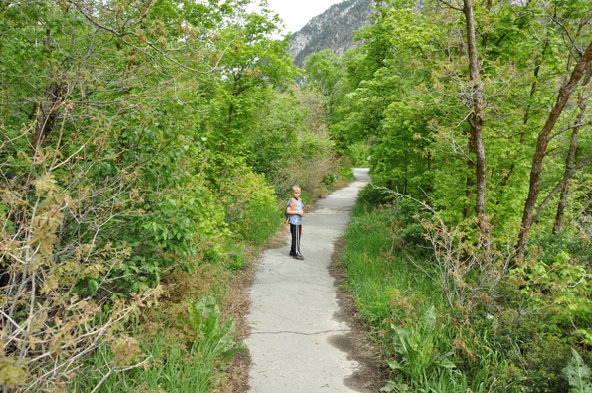
Stones for the walls of the Salt Lake Temple were selected as the "best material that can be furnished in the mountains of North America." The work continued almost nonstop for twenty-five years. Immigrants from Europe taught quarrymen to split off rocks into various sizes. Then teamsters hauled the rough-hewn stones to Temple Square, were expert stonecutters gave them their final shape. Moving the stones from the canyon was a real challenge. Smaller stones were loaded onto ox-drawn wagons. Larger stones, some measuring three-feet square and weighing over two tons, could not be lifted. Workers drove a reinforced wagon over such a stone and dug trenches under the wheels until the frame rested on it. With the stone lashed under the frame, oxen or mules pulled the wagon out of the trenches and onto the road. Many wagons broke down under the stress of carrying that much weight twenty miles to the temple. This slow transport delayed construction, so in the late 1860's crews dug a canal to float the stones to Salt Lake City on barges. This method did not work well and was abandoned when the railroad came to Utah. Beginning in 1871 the stones were hauled on flat cars from the railroad station in Sandy right onto Temple Square. In 1873 the Church and local miners built a narrow gauge railway up into the canyon. Some of today's main roads follow the routes pioneered by those stone-laden wagons and rails. By the late 1880's the temple walls were up and activity at the quarries stopped. Stones from here have also been used for a few other structures, notably the Utah State Capitol Building and the "This is the Place" Monument. However, this site is still best known as the Temple Stone Quarry.
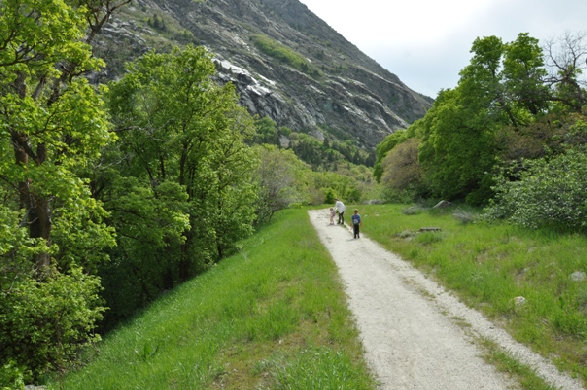
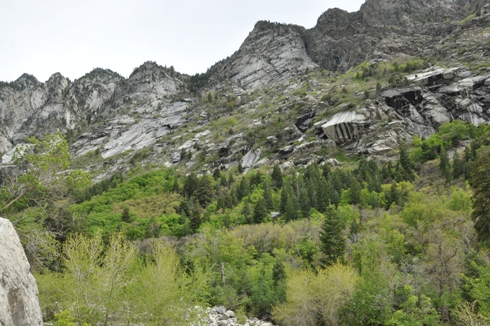
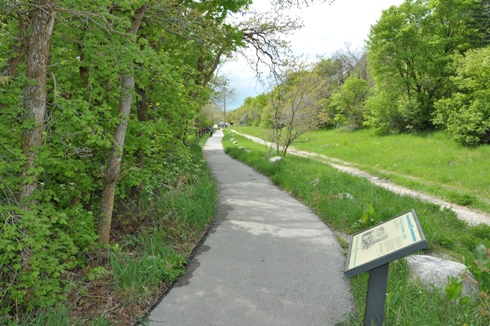
Little Cottonwood Trail
If you want to do some more walking, the Little Cottonwood Trail starts from the same trailhead and goes several miles up the canyon.
Views from the quarry
The Quarry Trail and the Little Cottonwood Trail
Forest Service Map of the loop
Temple Granite Quarry Monument
Trail through the Quarry area
Temple Quarry Trailhead






